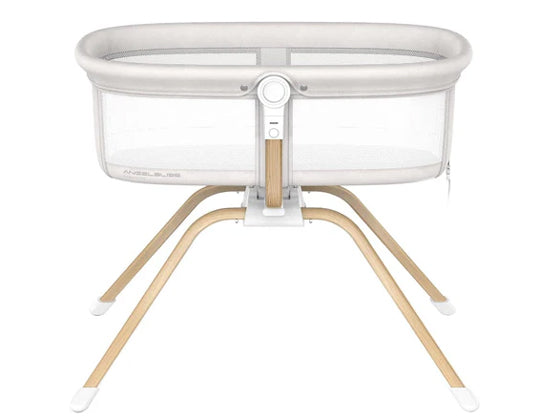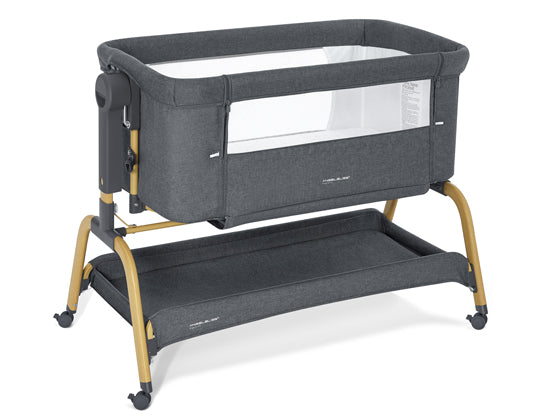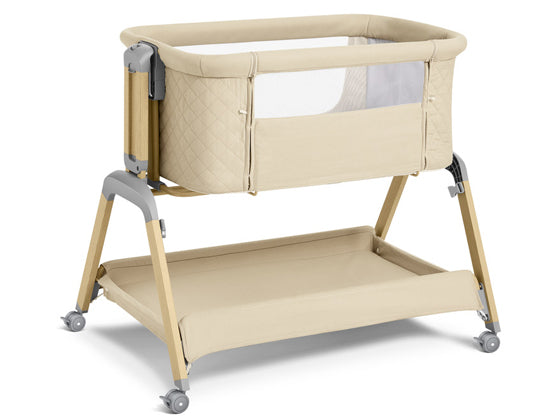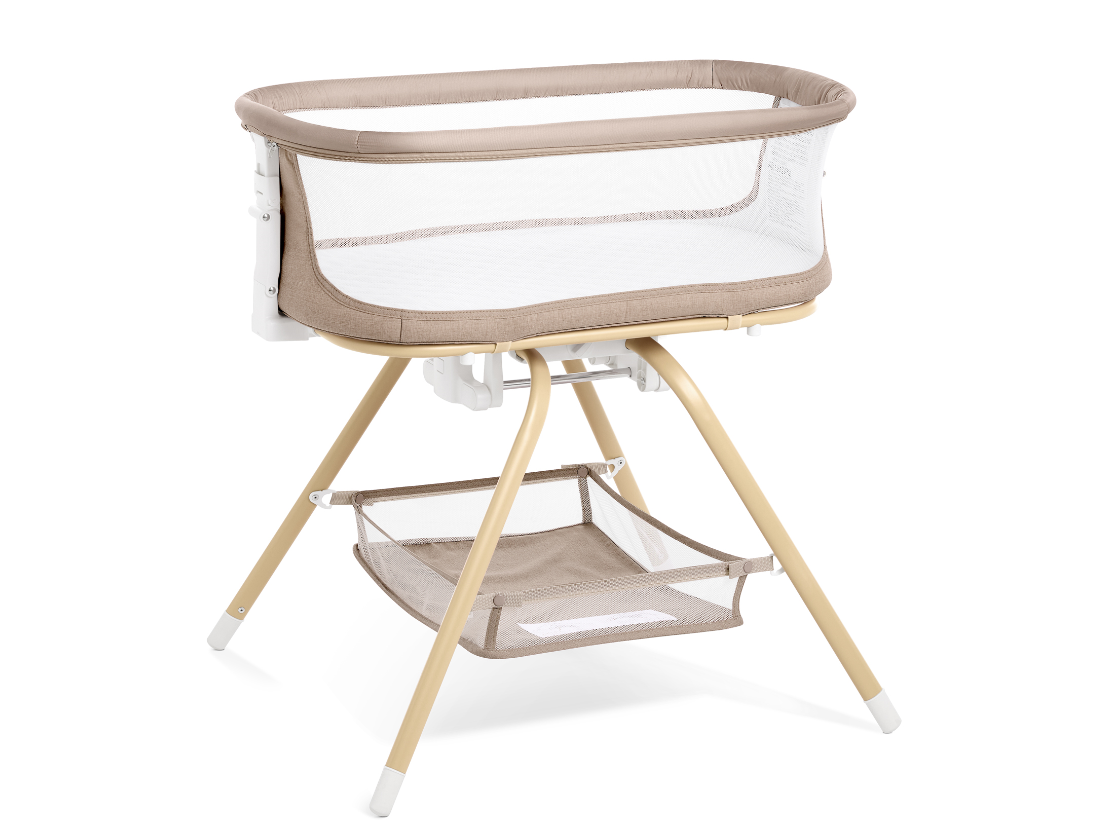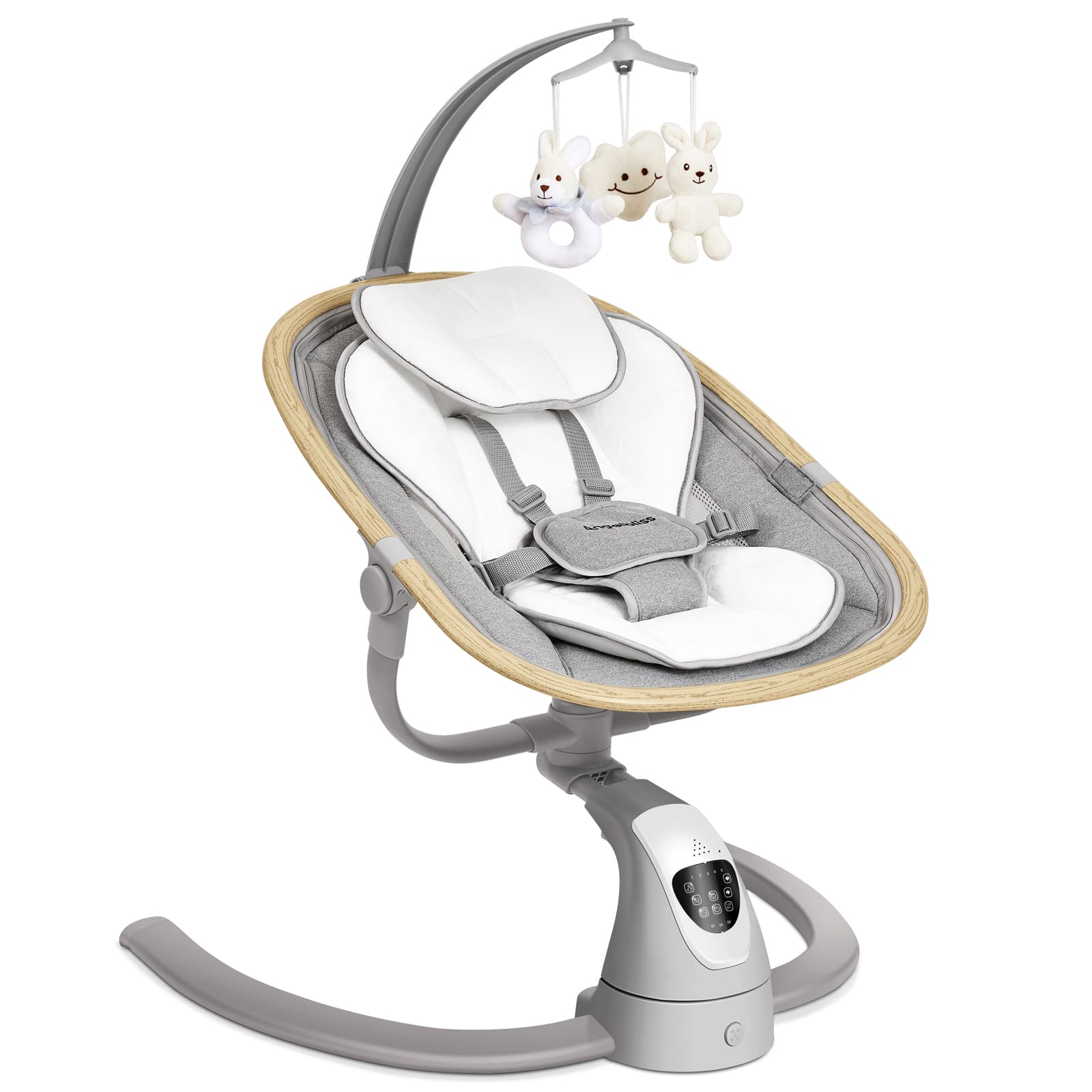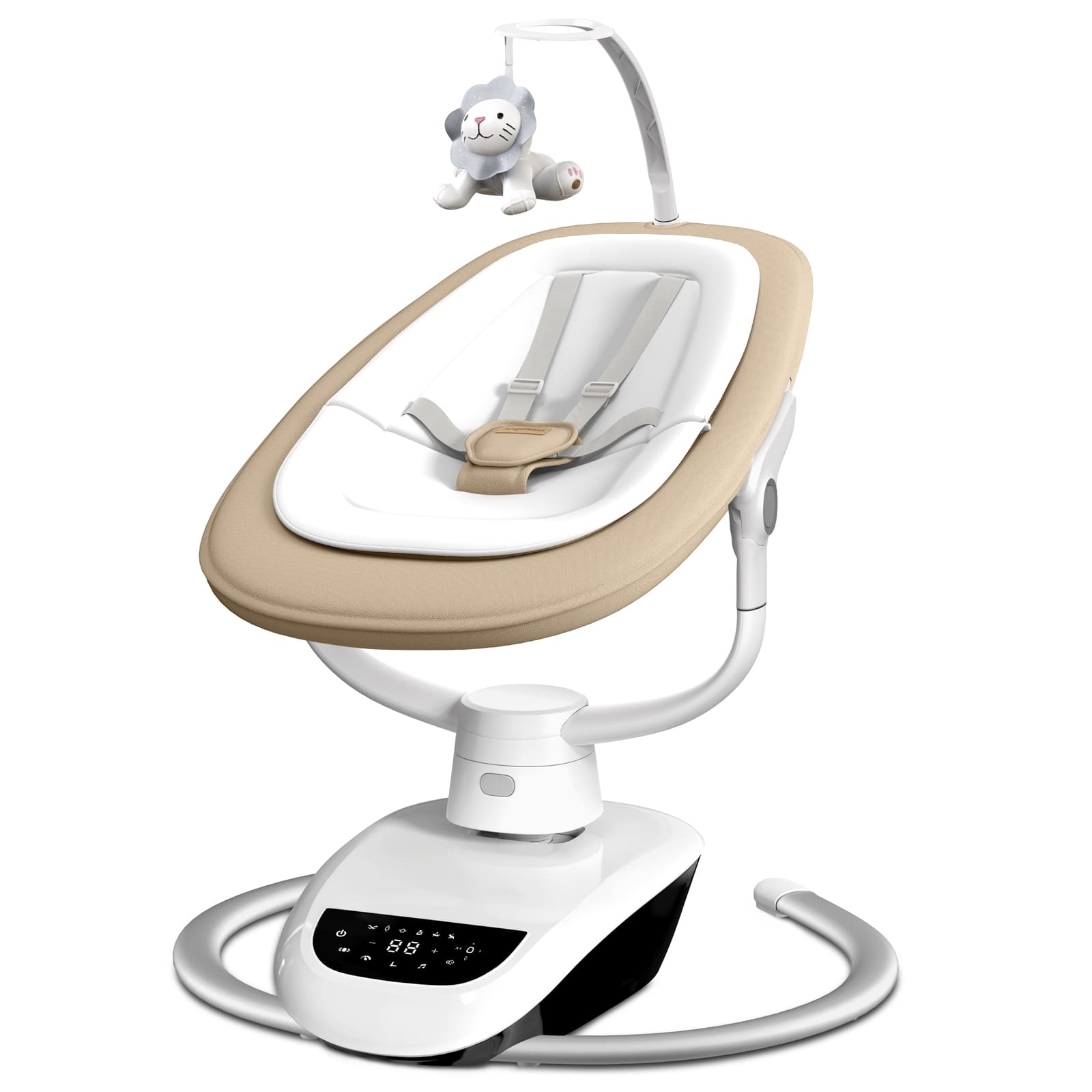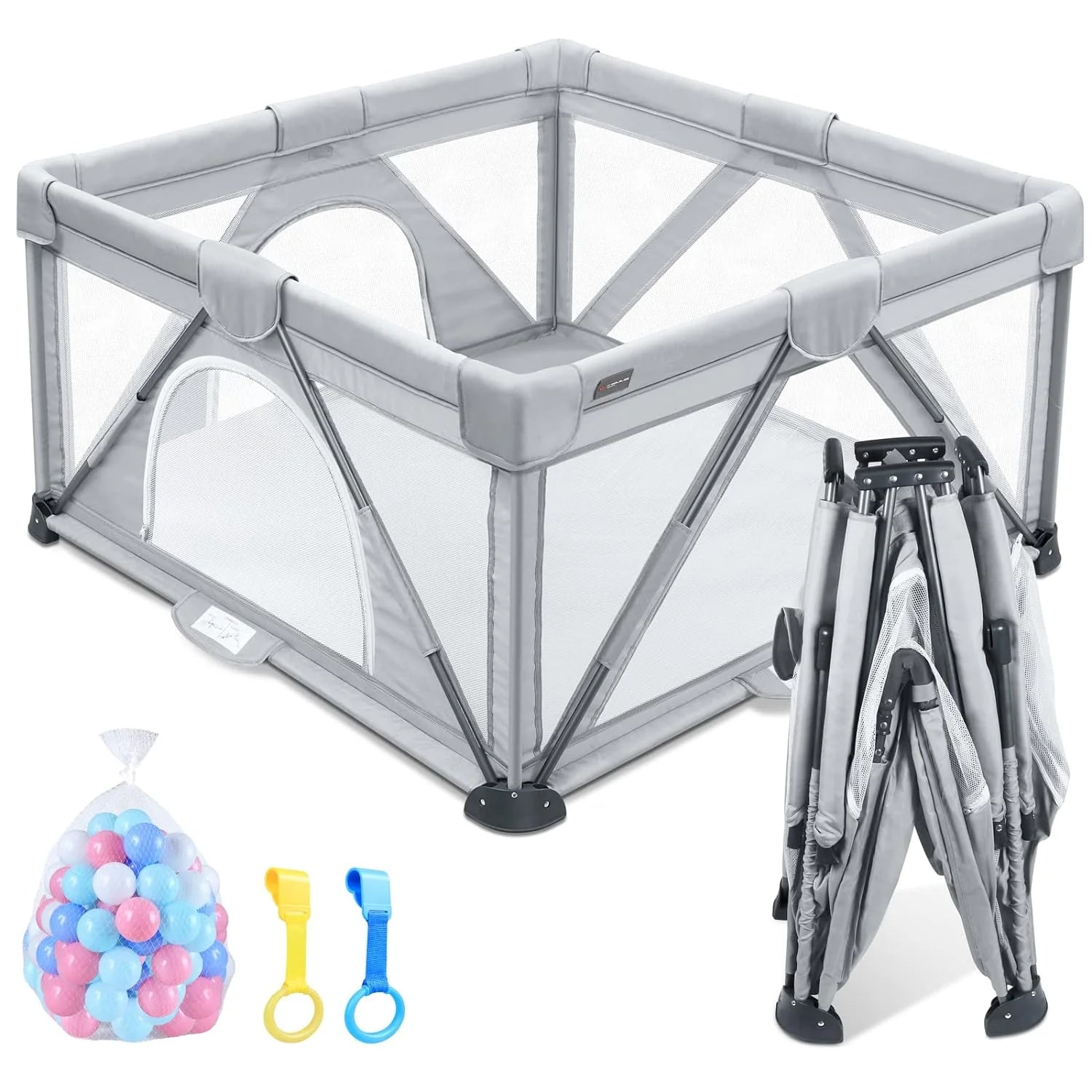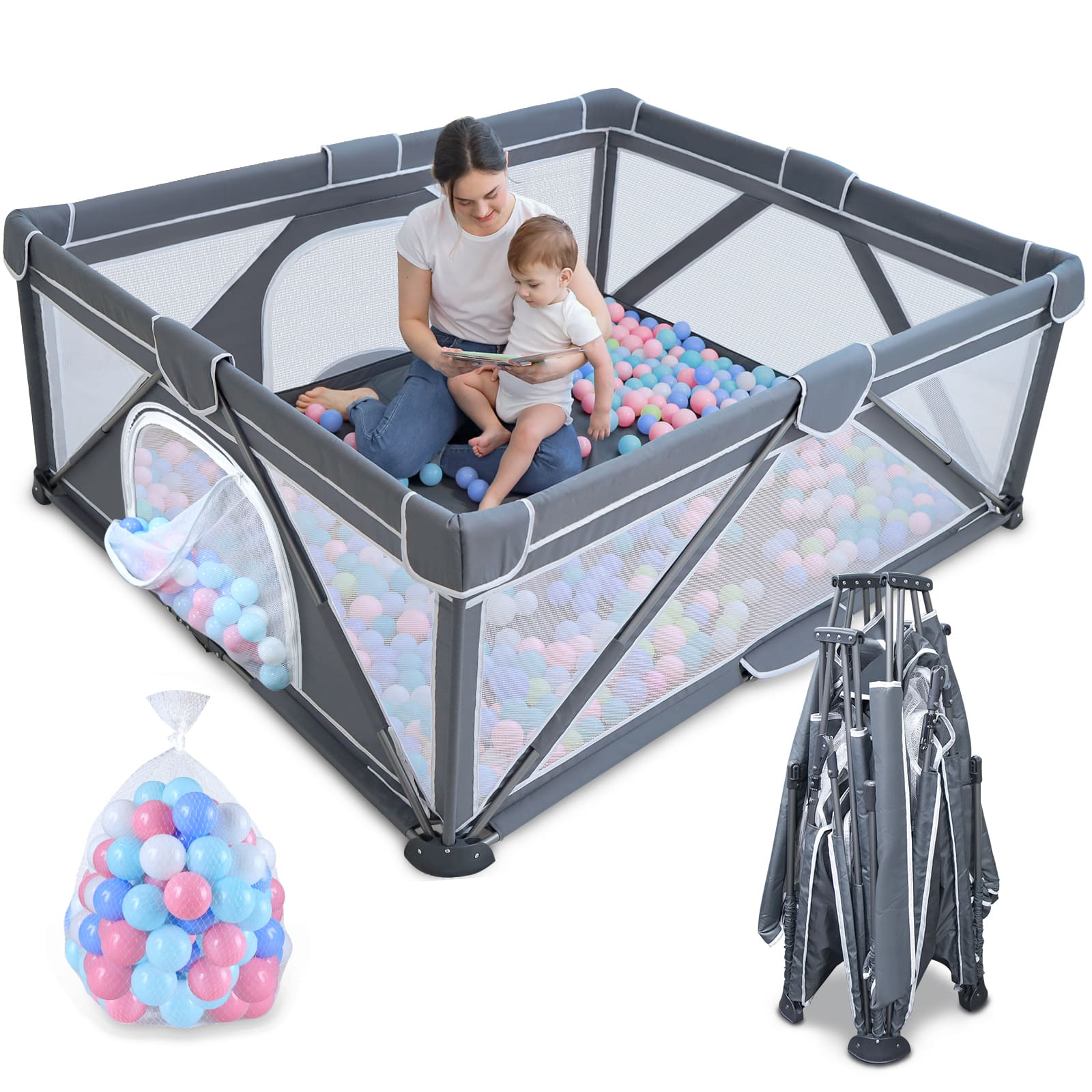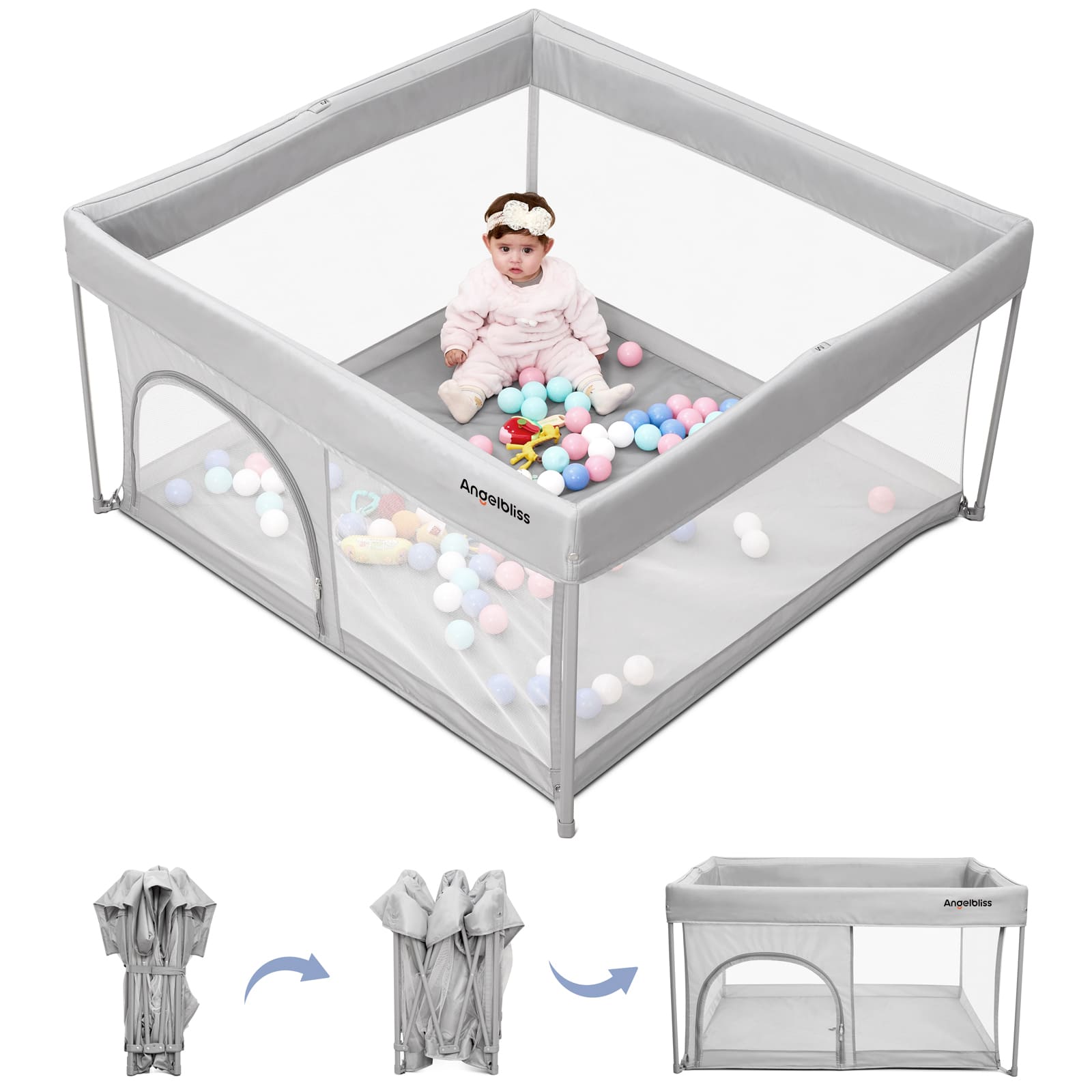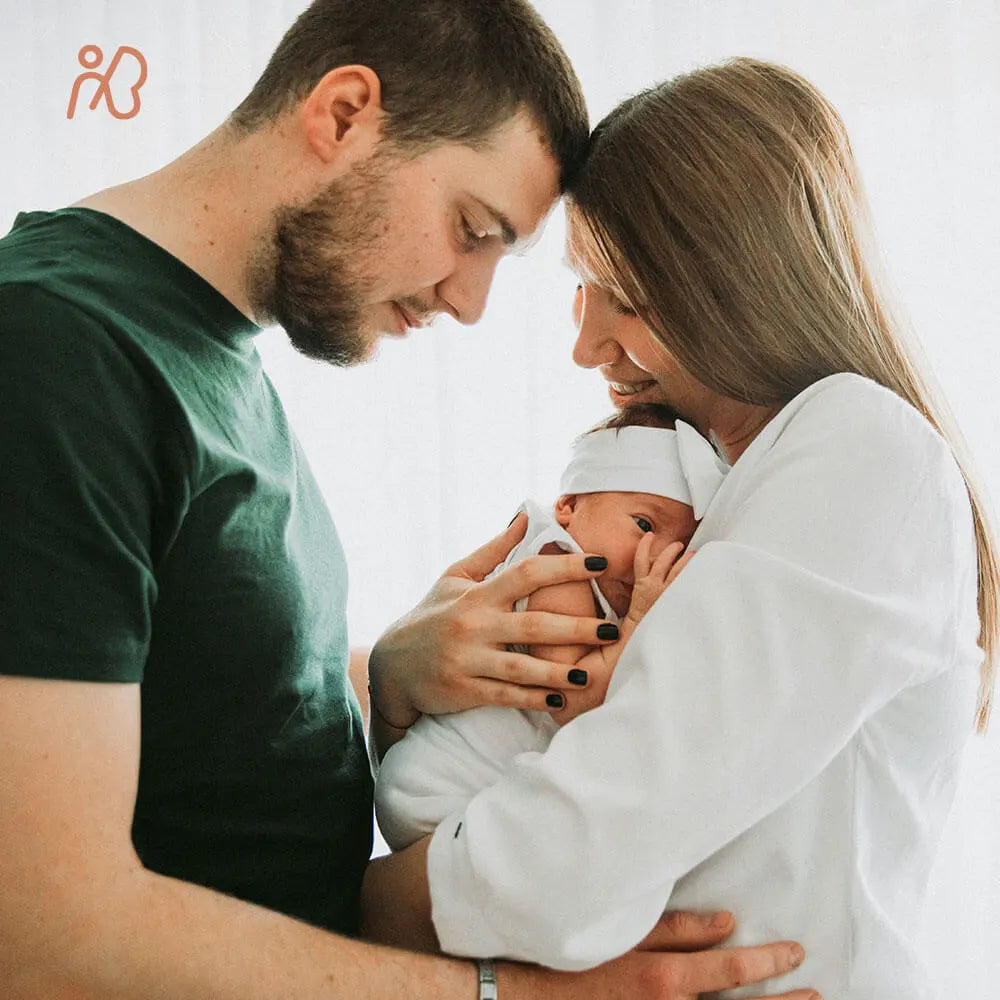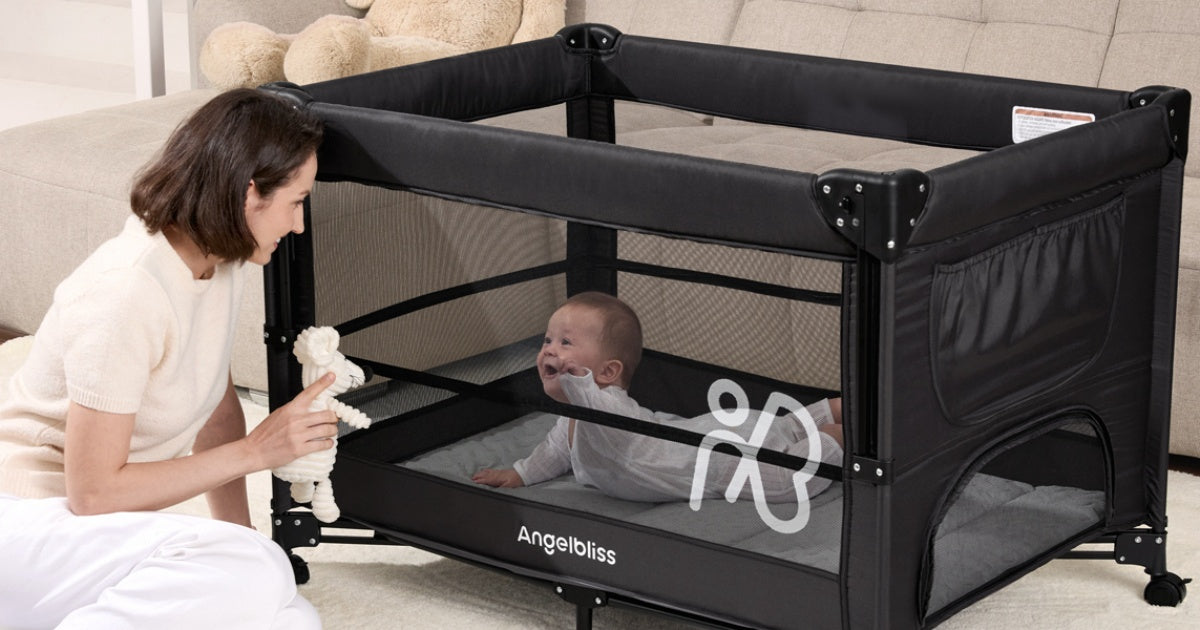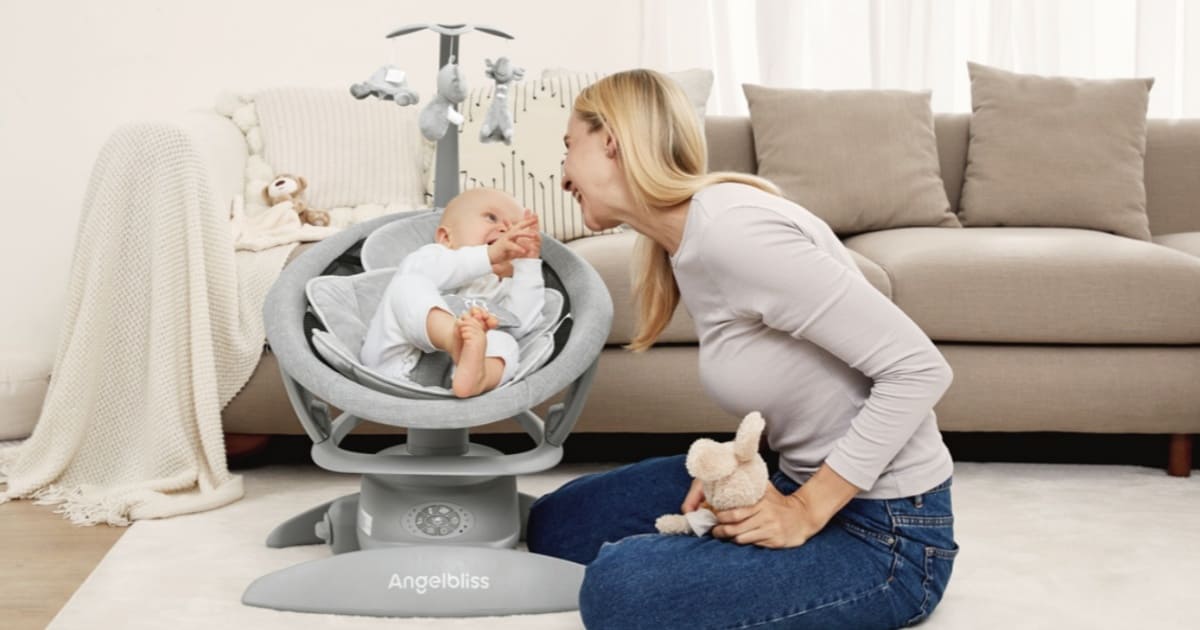That first moment your newborn drifts off to sleep in their bassinet is pure magic for any parent. Finally, some peace! But pretty quickly, a common question pops up: how long can a baby sleep in a bassinet before they need a bigger bed? This is all about keeping your infant safe and sound, not just about comfort. Here at Angelbliss, we know parenting brings lots of questions, and we're here to give you clear, expert answers based on the latest safety tips.
Why Bassinets Are So Loved: The Benefits for New Parents
Bassinets offer a perfect mix of safety, convenience, and coziness for newborns and their parents. It's why they’re a must-have for so many new families:
Right by Your Side: Safer Sleep Nearby:
For at least the first six months and, ideally, up to a year, the American Academy of Pediatrics (AAP) strongly advises room-sharing, which involves keeping your baby's sleeping area in your bedroom. You may keep your infant close by using a bassinet, such as our Angelbliss Bassinet Bedside Sleeper. This makes those nighttime feedings and diaper changes super easy and helps avoid the risks of sharing your own bed.
A Snug & Safe Space:
For tiny newborns, a bassinet feels cozy and secure, almost like the womb. This can often help them feel more content and sleep more soundly.
Easy to Move & Versatile:
Many bassinets are light and simple to move around. This implies that you can keep your infant close by whether you're in your bedroom at night or the living room throughout the day.
When Is Your Bassinet Not Safe Anymore?
While bassinets are fantastic for those first few months, they're only a temporary stop. Knowing when to move on is super important for your baby's safety. This decision isn't just about how old they are but mostly about a few key things your baby starts doing, as recommended by the AAP and product safety rules.
The AAP's General Advice: Around 6 Months (or Sooner):
For at least the first six months of life, the American Academy of Pediatrics advises that infants sleep in a bassinet (or crib) in their parents' room. However, the real sign it’s time to move often comes sooner, depending on your baby's growth.

Weight Limit:
Check Your Bassinet's Manual: Every bassinet has a maximum weight limit from the maker. The most crucial item to check is this. While many bassinets are designed to hold babies up to around 20 pounds safely, always look at your specific product's instructions for its exact limit. Never go over this limit, as it can make the bassinet unsafe.
Milestones: Your Baby's Clear Signals:
These are often the first and clearest signs that your baby has gotten too big for their bassinet:
Rolling Over: It's time to reposition your baby as soon as they begin rolling from back to belly or tummy to back. A bassinet's lower sides aren't designed to keep a rolling baby safe, creating a big fall risk.
Pushing Up or Pulling Up: If your baby can push themselves up onto their hands and knees or even tries to pull themselves up, they could possibly climb or fall out of the bassinet.
Sitting Up Alone: A baby who can sit up by themselves is much more likely to try to climb out.
Height Limit: When They Look Too Big:
Your infant is most likely experiencing cramping and has outgrown the bassinet if their head or feet are touching the edges or ends of the container. In addition to being uncomfortable, this may make it more difficult for them to move securely.
Tips for a seamless transfer to a crib
Once your baby starts showing signs they're getting too big for their bassinet, it's time to get ready for the move to a bigger sleep space, like a standard crib. This change doesn't have to be difficult; everyone can have a smooth transition with a little preparation and patience.
Timing is Important:
Pick a time when your baby is healthy, not going through any big new developments (like teething), and when your family routine is pretty calm.
Introduce the Crib Slowly:
Naps First:
Begin by putting your infant to sleep in the crib. Without the stress of sleeping at night, this aids in their adjustment to the new environment.

Help Them Get Used to It:
Allow your infant to play in the crib under supervision for a portion of the day. This helps them think of it as a fun, safe place.
Set Up a Safe & Consistent Sleep Space:
Make sure the crib is set up safely with a firm mattress and a fitted sheet – no bumpers, blankets, pillows, or toys inside. (Learn about Angelbliss's commitment to safety and quality in our cribs.) Keep the room temperature comfy, and make sure it’s dim and quiet.
Stick to Your Bedtime Routine:
Keeping your bedtime routine the same (bath, feeding, lullaby, etc.) is key. This predictability brings comfort and security to your baby.
Patience is Key:
Every baby is different. Some will move seamlessly, while others might need more time and comfort. Be patient, offer support, and stay consistent. If they struggle, try sleeping in the same room as the crib for a few nights to ease the change.

Your Top Questions About Bassinet Use & Moving On
Q: What is the main distinction between a crib and a bassinet?
A: Smaller and more portable, bassinets are made for babies up to six months of age or until they meet specific developmental milestones. Cribs are larger, stay put, and are made for longer use, usually from birth up to toddlerhood (often turning into toddler beds, like the Angelbliss Baby Crib and Toddler Bed Convertible).
Q: Can my baby sleep in a bassinet for a whole year?
A: While the AAP suggests room-sharing for up to a year, most bassinets aren't safe for a full year. Babies usually hit their weight/height limits or start rolling/sitting up long before their first birthday.
Q: My baby loves their bassinet. Do I really have to move them?
A: Yes, for safety reasons. Once your baby reaches the weight limit or shows signs of rolling/pushing up, the bassinet is no longer a safe place for them to sleep. Safety always comes first, even if it’s a bit sad to move them out of their favorite spot!
Q: What happens if my infant objects to the crib move?
A: This happens a lot! Try the gentle methods we talked about. Make sure the crib feels cozy and familiar. Asking your pediatrician for advice is always a good idea if things are still difficult.
Trust Your Instincts, Keep Safety First
Helping your baby sleep well is a big part of being a parent. Knowing how long a baby can sleep in a bassinet is a crucial step in ensuring their safety and comfort. By paying close attention to how your baby grows and what they start doing and following expert guidelines, you can make a move to a crib a smooth and confident milestone for your whole family.

Here at Angelbliss, we’re all about making safe, comfy, and beautiful sleep solutions that grow with your family. Check out our awesome Angelbliss Bassinets for those precious newborn months and our strong, convertible Angelbliss Cribs designed for years of sweet dreams. We are available to assist you at every stage!

